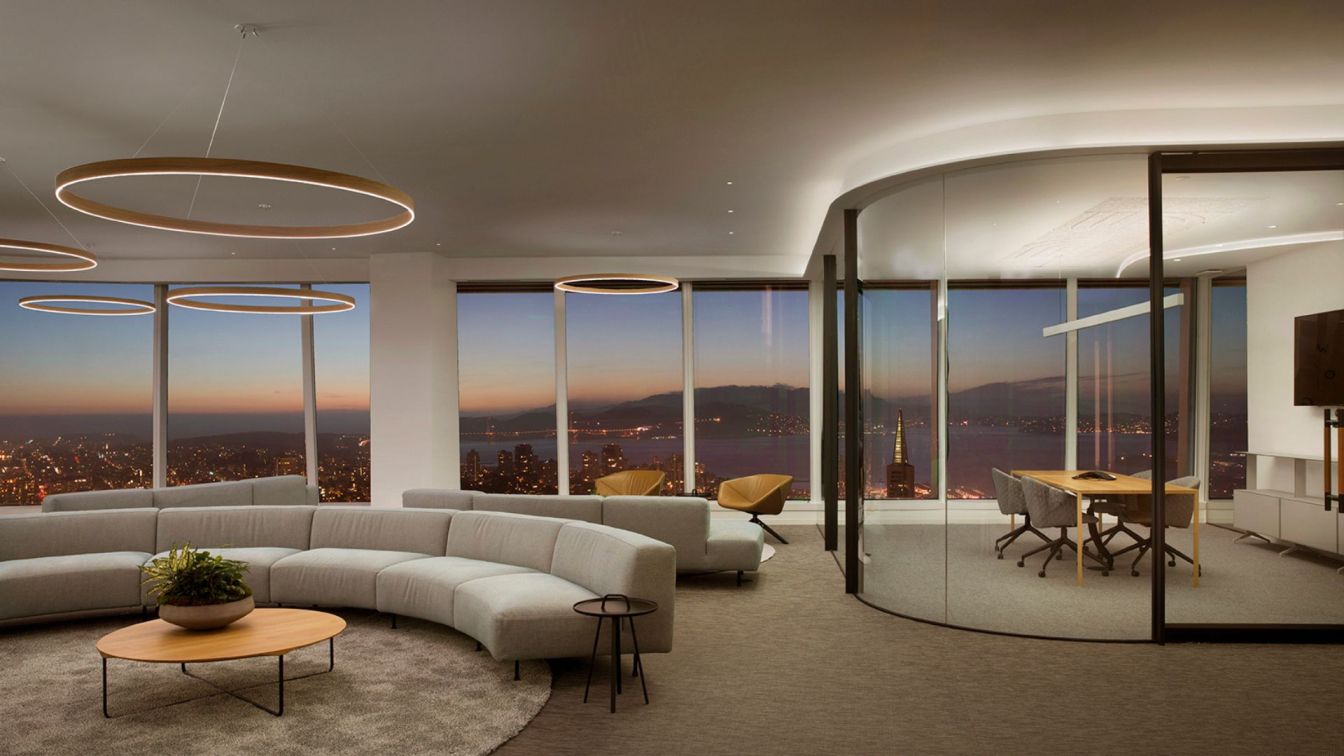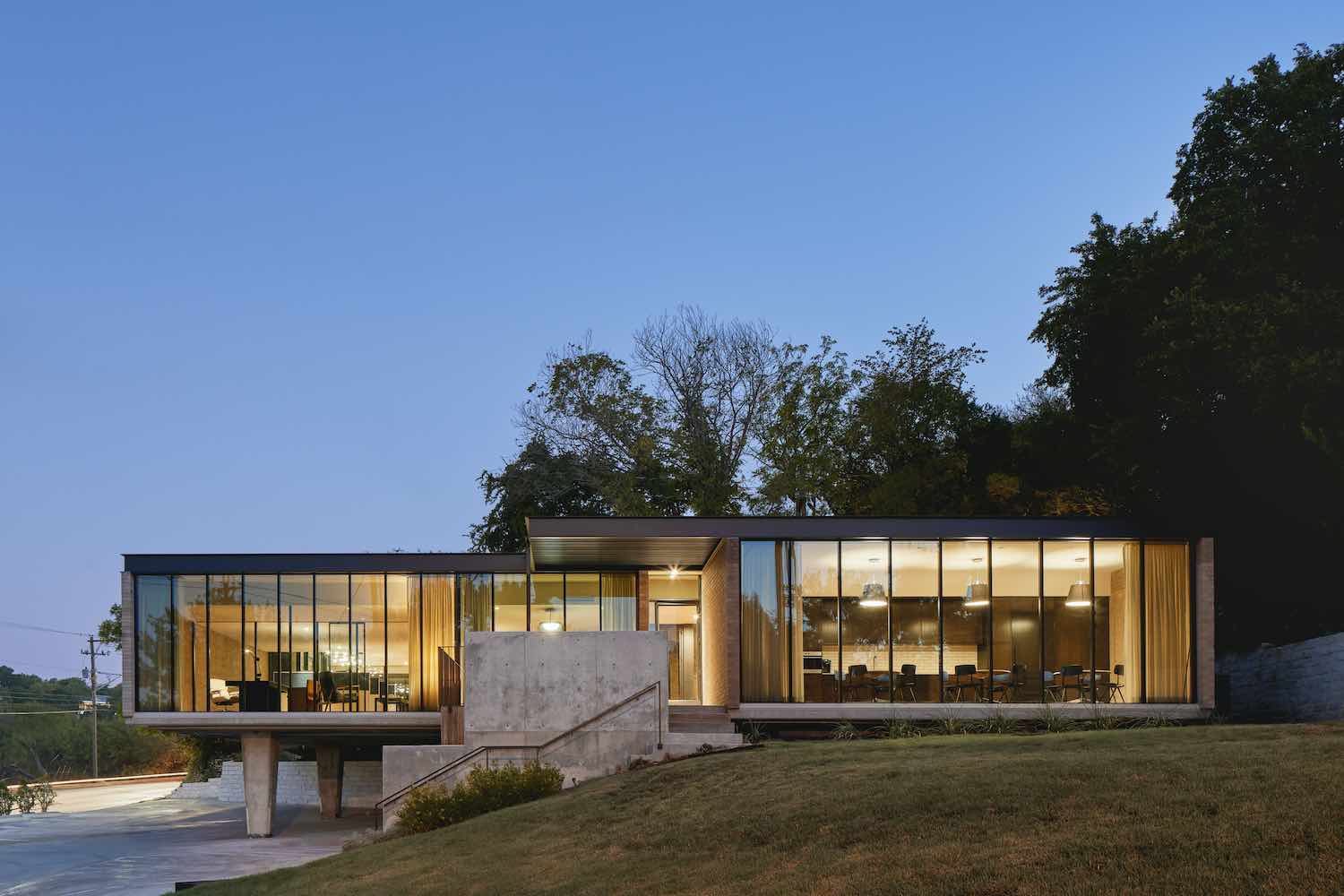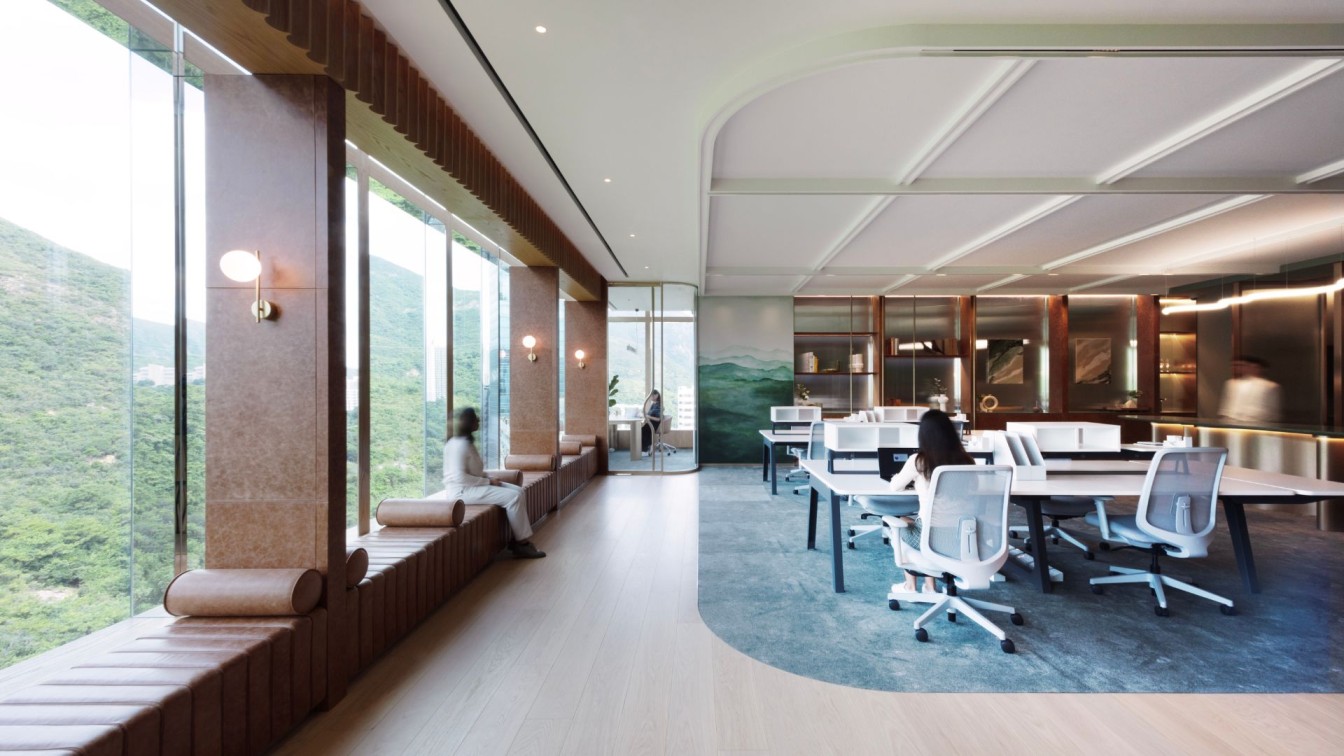tHE gRID Architects: This is a site office of a real estate development where visitors can familiarise themselves with the salient features of the premium Apartment scheme. Therefore, it became more than just a workspace — it also carried the responsibility of demonstrating some of the core concepts of the upcoming scheme — which were attention to context, an out-of-the-box articulation and the harnessing of natural resources integrating the core philosophy of biophilia.
The site
The site stands at a corner junction and will eventually enjoy the widest road of the city. It is is surrounded by prime educational institutes and hi-tech office buildings.
The inspiration and ethos
Light is everywhere. Its dynamism and incredible ability to transform any space throughout the day by the drama it creates in conjunction with architectural features is unmatched. In this particular case, the epiphany was the rays of light flowing in through the holes in a tin roof of a structure at site. The dotted effect of the sunlight had a powerful effect on that space, and we set out to harness a little bit of that power. The result was a perforated built-fabric that was permeable to sunlight.
The concept
The dots turned our mind to Shibori, the Japanese resist dyeing technique characterised by circles and circular forms. Spatially, the circles/cut-outs are actually a perforated entrance/envelope which welcomes sunlight and creates patterns that enact a powerful drama through the day. The gradation of punctures is strategic: the larger cut-outs are at the bottom and the smaller ones are at the upper part to allow the sunlight to come in a controlled, comfortable manner.
image © Vinay Panjwani
Because of south west
The material and chromatic directions
In tandem with sunlight, materials, textures and colour play their part, too, in the narrative. The concrete architectural envelope is painted a bright terracotta red, which, under the sun’s effulgence, becomes even more riveting and eye-catching. The simple, mature and functional interiors are articulated in MS, wood and ceramic pattered tiles. These, too, are uplifted by the spectacular sciagraphy that unfolds through the day in the most effective way.
The planning and flow
We decided to move away from the usual stereotype of a ‘site office’ to something that was timeless and created a landmark. This was manifested as architecture that invited the sun to create a spatial experience underpinned by a play of light and shadow. The structure transformed a site office into a dynamic asset for the company and a landmark for the city.
image © Vinay Panjwani
The space is the form of a simple L, with a multipurpose room at the junction of the two arms. One part is dedicated to the reception/waiting area and a series of cabins, orchestrated linearly, while the other comprises the meeting room. Pockets of courtyards play the dual role of unify spaces as well as acting as an intervening buffer. These also positively impact the indoor air quality and consequently, the health of users.
The plinth of the L-shaped office is elevated by 1.5 feet to create floating effect. The facade that faces the road has full gazing screened by brise soleils with circular cut-outs to protect from the harsh south-west sunlight. This tempered natural light makes the spaces look less confined and brings about a vitality, energy and productivity. The inside façade of the L shape is fully glazed so that all the office remains connected in view and spirit to the ongoing construction and derives some of its energy from the movement of the workers.
image © Vinay Panjwani
The impact of light
A continuous fully glazed window lets light in and offers an unobstructed view and a protected connection to the outdoors. The dramatic effect of the cut-outs as shadows is captured throughout the day, with each moment bringing a different feel — from the soft morning light to the evening sunset — transforming the space from one hour to the next. The story that unfolds is a saga of love between sunlight and the perforated screen, and the vibration it creates in the space.
The conclusion
Light as an empowerment of space. Light as an animating force. Light as a medium of well-being. Light as a design tool. We explored all these aspects and created a space that stood at the intersection of these ideas. The architectural envelope was not designed for itself, but as a meaningful screen that would allow us to articulate this core concept. More so, it also became an element that played a pragmatic role in the interior development and impacted the interiors such that the inside and the outside became one. And one could not exist without the other. This project highlights several aspects of our philosophy. The respect for natural resources, a harnessing of earth energies, and most importantly, meaningful design that converses with the environment.
Following principles of biophilic design. Our vision of the future of office spaces is embodied in this project where the quality of life and natural comfort of its users prevail, reducing as much as possible the impact on the environment, instead of focusing on technology as the only or main element from a job site.











